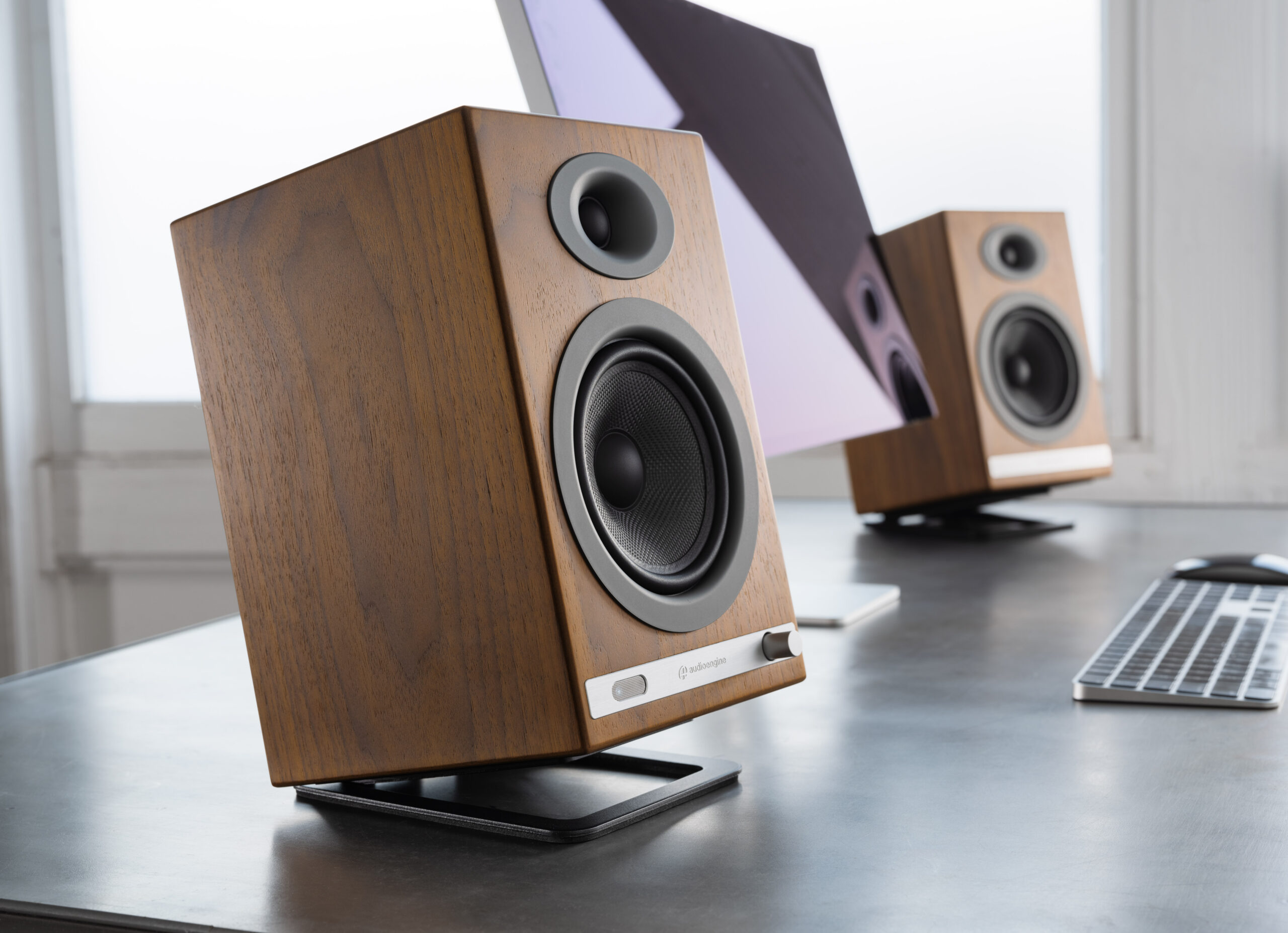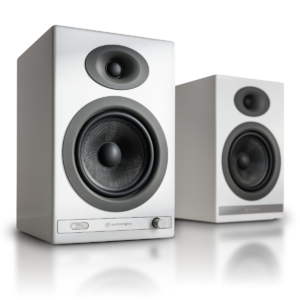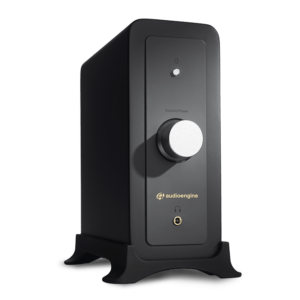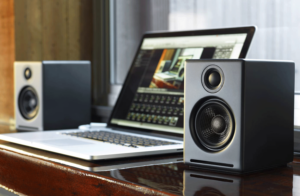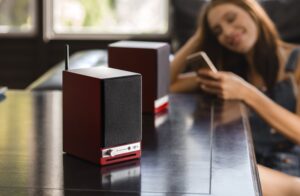Your cart is currently empty!
What Does Hi-Fi Mean?
The term “hi-fi” or “high fidelity” has been a benchmark for audio quality since the 1950s. At first, Hi-Fi referred to audio equipment that could reproduce music accurately, as if it was heard during a live performance. Now in 2024, the meaning of hi-fi is more complicated than ever, with technological advancements and music formats from vinyl to digital streaming.
The Evolution of Hi-Fi: From Analog to Digital
In the 1970s, the concept of hi-fi was transformed with stereo sound, adding a new dimension through a second speaker. This change was so significant that hi-fi systems began to be commonly referred to as stereos.
The 1980s marked another significant moment with the advent of CDs, introducing clearer sound by reducing vinyl’s imperfections – aspects now valued by audiophiles. CDs were also a stepping stone to the digital age, laying the groundwork for today’s streaming services.
However, the 1990s witnessed a quality compromise with compressed digital audio files like MP3s dominating the market. Despite their convenience, these formats often sacrificed fidelity for size.
Fast forward to today, and we see a revival of high-quality audio with streaming services offering lossless audio formats. These provide CD-quality sound or better, challenging our perception of what constitutes hi-fi.
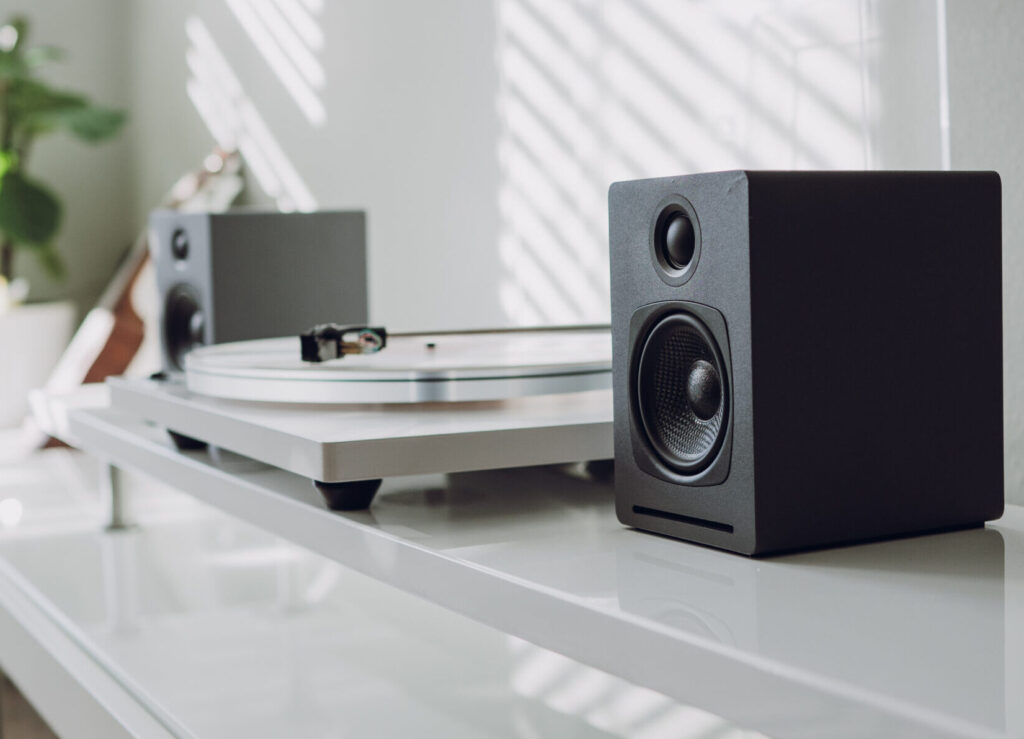
Hi-Fi Today: Analog and Digital
Today’s hi-fi landscape is a combination of analog and digital formats. The resurgence of vinyl signifies a preference for the warm sound of the past, while digital formats offer unprecedented clarity and convenience. The modern definition of hi-fi encompasses various mediums, from vinyl and CDs to high-resolution digital files, each with its fidelity characteristics.

Audioengine’s Philosophy in the Hi-Fi World
At Audioengine, our mission is to provide home music systems that respect the source material, whether it’s a vintage vinyl, your favorite CD, or a 32-bit digital track. We strive to create products that not only meet the technical aspects of hi-fi but also provide sound quality that connects emotionally with listeners.
“In my view, wireless audio and streaming, especially from smartphones, have significantly improved the audio landscape.
A few years back, our audiophile customers were all about achieving the highest possible bit and sample rates. Now, advancements like variable bitrate encoding, MQA, and Bluetooth codecs like aptX and LDAC have revolutionized streaming, delivering exceptional sound quality.
Today, ‘high fidelity’ is less about technical specs and more about the quality of sound. At Audioengine, we prioritize superior sound through modern DACs, combined with traditional audio components.
The essence of high-quality audio lies in the entire process – from initial recording to the final playback on consumer devices. With the convenience of wireless technology, we’re in an era where access to excellent sound quality is easier than ever.”
-Brady Bargenquast, co-founder of Audioengine

The Future of Hi-Fi
As we look to the future, hi-fi will continue to evolve, merging the past with the present. The essence of hi-fi, however, remains unchanged – it’s about reproducing music in its most authentic form, whether through the warmth of analog or the precision of digital. Audioengine stands at this crossroads, dedicated to providing an audio experience that upholds the legacy of high-fidelity sound while embracing the innovations of the digital age.
In conclusion, hi-fi in 2024 is about more than technical specifications. It’s about an audio experience that vividly brings music to life, irrespective of the format. As we navigate through the myriad of audio options available, Audioengine continues to be a beacon for music enthusiasts and audiophiles, offering products that capture the true essence of high fidelity.


